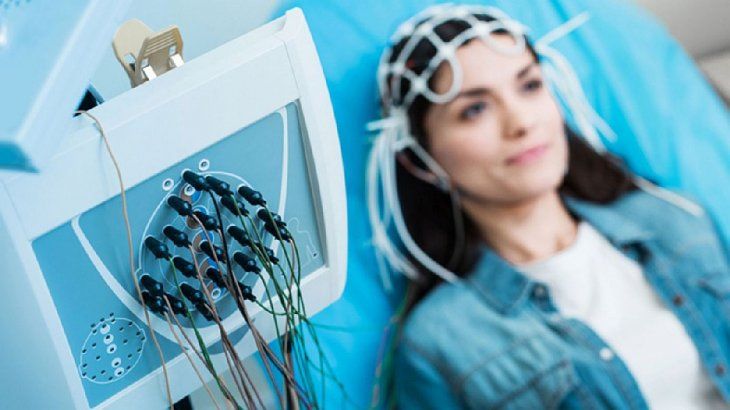Japanese investigation found different neuronal patterns in positive and negative people in imagining future situations.
The vision that one of the future has not only depends on the personal experience or the social context to which it belongs. A team of Japanese researchers found real differences in the brain of those who are defined as optimistic and those who are defined as pessimists.
The content you want to access is exclusive to subscribers.
The work sought to understand how future expectations are represented in the neuronal plane. For this I know analyzed adult brain activity While thinking about different hypothetical scenes, which allowed identifying patterns linked to the way they process positive and negative scenarios.


Clinical neurophysiology.jpg

Ineuro
The study of the brain that determined the difference between optimists and pessimists
Research, published in the scientific journal Pnaswas carried out by specialists from the universities of Kobe and Kyoto. With functional magnetic resonances they analyzed the brain activity of the participants during “Imagination of future episodes“With varied emotional situations that went from pleasant, neutral, negative and even some associated with death.
The results showed that the people with the greatest predisposition to optimism exhibited very similar neural patterns in the average prefrontal cortex, a region linked to Planning and emotions. On the other hand, those who had a more pessimistic vision showed Much more diverse settings and complex, with less coincidences between participants.
In addition, the optimists could separate more clearly the positive scenes of the negatives. Scientists interpret this as an advantage when adapting to different situations, since it allows us to better distinguish the favorable of the adverse in the projection of future life.
The team also evaluated how these patterns changed when volunteers imagined episodes for themselves or for their partner. They found that the neuronal similarity of the optimists remained stable in both perspectives, while In pessimists the variability prevailed.
Source: Ambito
I am an author and journalist who has worked in the entertainment industry for over a decade. I currently work as a news editor at a major news website, and my focus is on covering the latest trends in entertainment. I also write occasional pieces for other outlets, and have authored two books about the entertainment industry.




